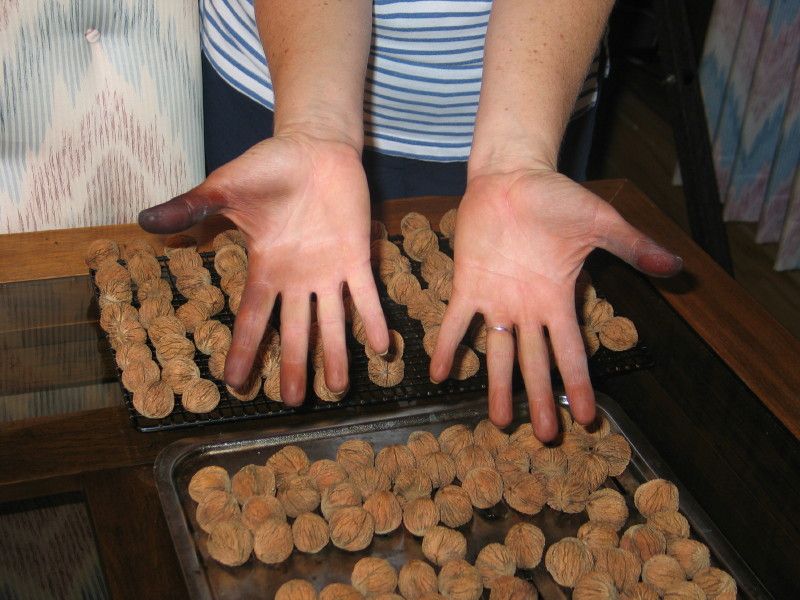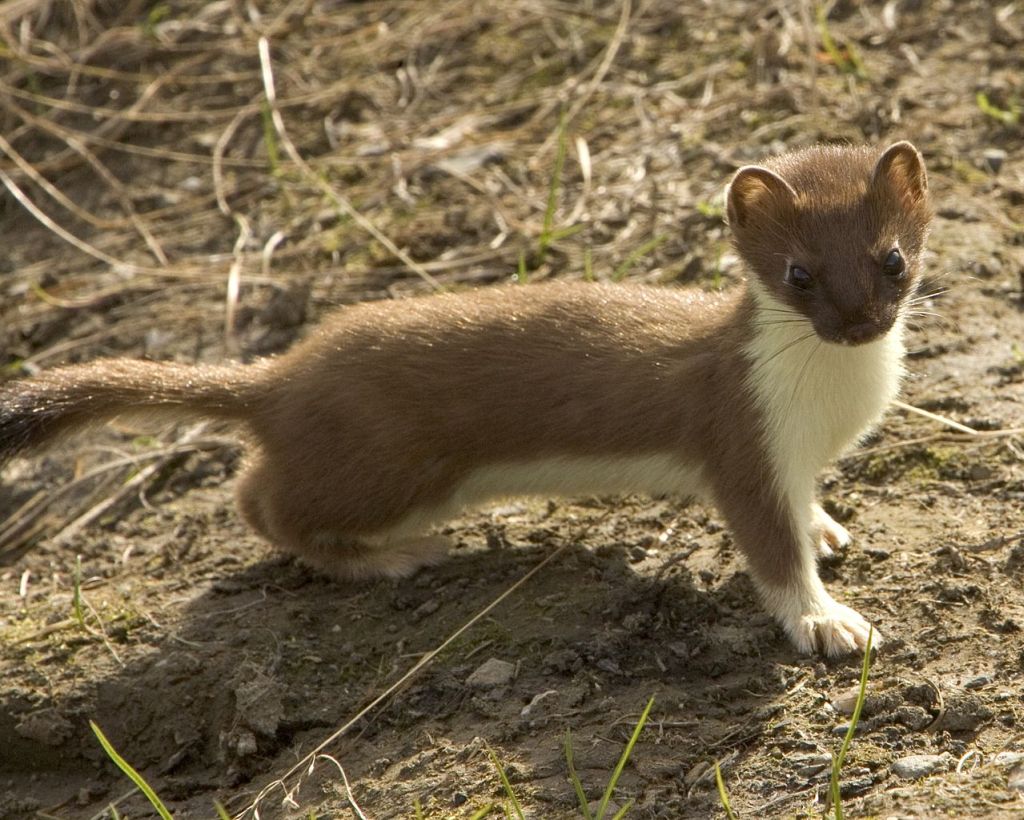
16 November 2021, Pittsburgh, PA
It’s hard to keep track of wild zebras in Maryland from 200 miles away, but I couldn’t help wondering if the two escapees are still roaming Prince George’s County. As of this morning, Google cannot find any news that the zebras have been captured — yes, it would have been big news — so it’s safe to assume they are still at large.
Even if you live near them it’s hard to keep track of the zebras. A lot has happened since they escaped in August.
- 31 August 2021: 3 zebras escape from Jerry Holly’s 80-acre farm off Duley Station Road in Upper Marlboro, Maryland. Confusion reigns. Is it 5 zebras or only 3?
- 16 September: Neighbors find a dead zebra in an illegal snare trap just 2 feet outside the Holly fence line. 2 zebras remain at large.
- 19 & 20 October: Second zebra found dead in an enclosure on Holly’s farm, spotted by a news helicopter on 19 Oct. Jerry Holly charged with three counts of animal cruelty.
- 28 October: WUSA9.com discovers Maryland zebra owner cited 240 times over 17 years for wildlife violations by state and federal regulators. His Florida license was revoked 5 years ago yet he continues to operate. Click here for video.
- 1 November 2021: Prince George’s County Department of Environmental (DoE) urges drivers in the area to be cautious and asks locals not to feed the zebras.
For now two zebras are still in the “wild” in Maryland. Meanwhile I leave you with this historical note from @MarylandZebras:
Ha! Now THIS is amusing.
— Maryland Zebras (@MarylandZebras) November 6, 2021
Apologies to the medical field for ruining the premise for this term ??? https://t.co/Q2egqyrQdh
(photo from Wikimedia Commons; click on the caption to see the originals)















